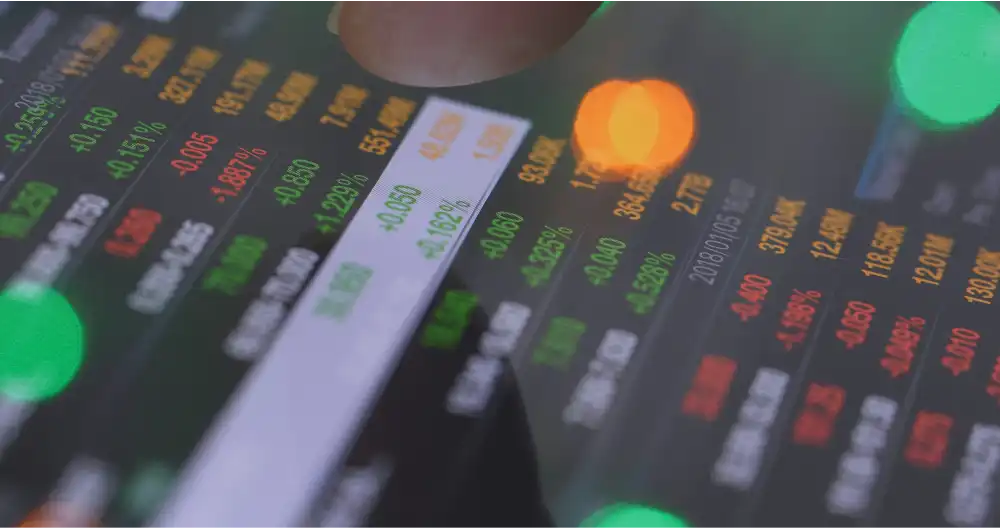
Q2 2022
The second quarter of the year brought continued volatility and uncertainty to investment markets, with both stocks and bonds experiencing losses for two consecutive quarters. Inflation and policy responses from central banks, governments, and organizations like OPEC played significant roles in shaping economic data and market movements. The ongoing war in Ukraine and its impact on energy prices also added to investor unease, potentially leading to belt-tightening and economic downturns in Western Europe.
Central banks in developed markets, except for Japan, began raising interest rates as inflation reached levels not seen in decades. Despite this, the labour market remained tight, with reports indicating a higher number of job vacancies than job seekers in the US. The resurgence of COVID-19 cases, with an estimated 1 in 15 people in the UK infected during the quarter, took a backseat to concerns about rising living costs and business input expenses.
Investors grappled with determining which entities possessed the pricing power to withstand inflation and the resilience to weather an impending recession. Global equities, including those in the US, slipped into bear markets (a 20% decline) in base currencies, although losses were less severe in sterling terms due to the weak pound. The UK market outperformed other developed markets, with large-cap stocks surpassing small-cap stocks. Small-cap stocks performed poorly across regions, except in Japan, given concerns about stagflation.
The US and Europe experienced significant market declines, with tech stocks selling off and economic disruptions related to gas pipelines and export-oriented countries like Germany. Emerging markets, particularly China, delivered strong performance, offsetting losses in India, Korea, and Taiwan. Investors bet that the worst of the lockdown-induced economic shock and tech sector crackdown in China had passed.
Value-oriented sectors generally outperformed growth-oriented sectors, with the energy sector performing particularly well as oil and gas prices continued to rise. Utilities also fared strongly due to increasing prices. Resilient sectors like tobacco, pharmaceuticals, and healthcare posted relatively strong performance. Tech stocks faced ongoing challenges, as their high valuations compressed against rising interest rates and inflation. Mining stocks experienced significant declines as global economic prospects worsened.
Investors seeking refuge from falling equity markets found limited respite in traditional bond investments. Certain bond markets experienced more pain than others, with over 15-year Index-Linked gilts down 25% and the broader Index-Linked Gilt market down 17.5% for the quarter. UK investors who bought overseas bonds, particularly short-term US Treasuries, fared better in sterling terms. Conventional UK gilts fell around 7.5%, while global treasuries experienced a milder decline of around 4.5%. Corporate bonds performed slightly better than gilts in the UK but worse than treasuries globally, as recession fears led some investors to seek the safety of government bonds.
Commodity movements showed a wide dispersion, with energy and grains continuing to perform strongly, while precious metals and base metals experienced declines during the quarter. Oil and gas prices rose, with gas nearly doubling at one point due to concerns about European access to Russian gas and a US liquefied natural gas plant explosion. However, some of these gains were retraced as the US increased production and worked to restore the Freeport plant. Copper, often seen as an economic indicator, fell nearly 30% in USD terms, reflecting recession fears.
Interestingly, direct property investments remained solid, particularly in the UK, where the asset class delivered modest positive returns. Commercial property sales often exceeded expectations, and residential property prices remained at record highs, despite a slowdown in house building.
